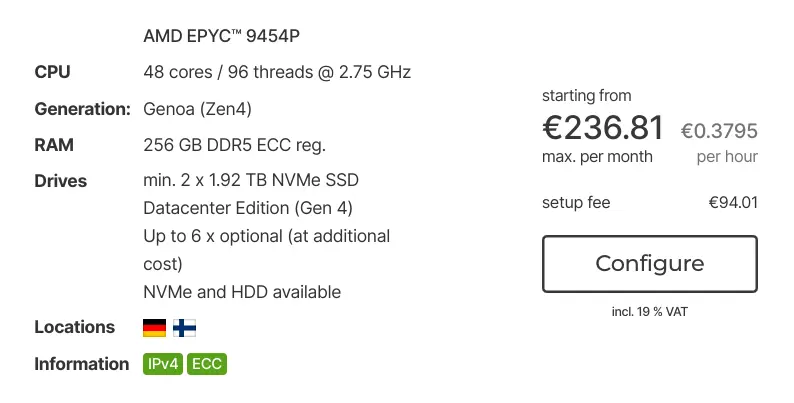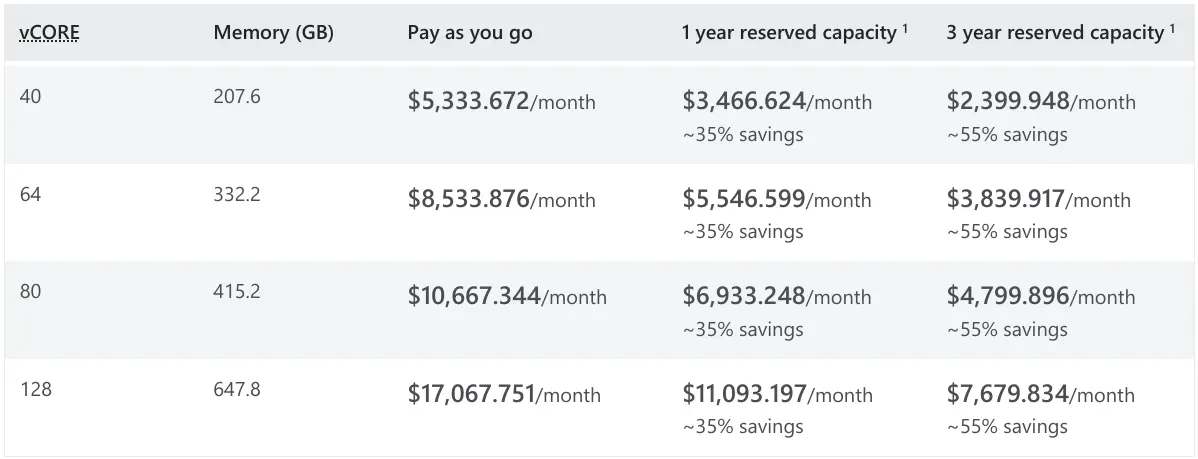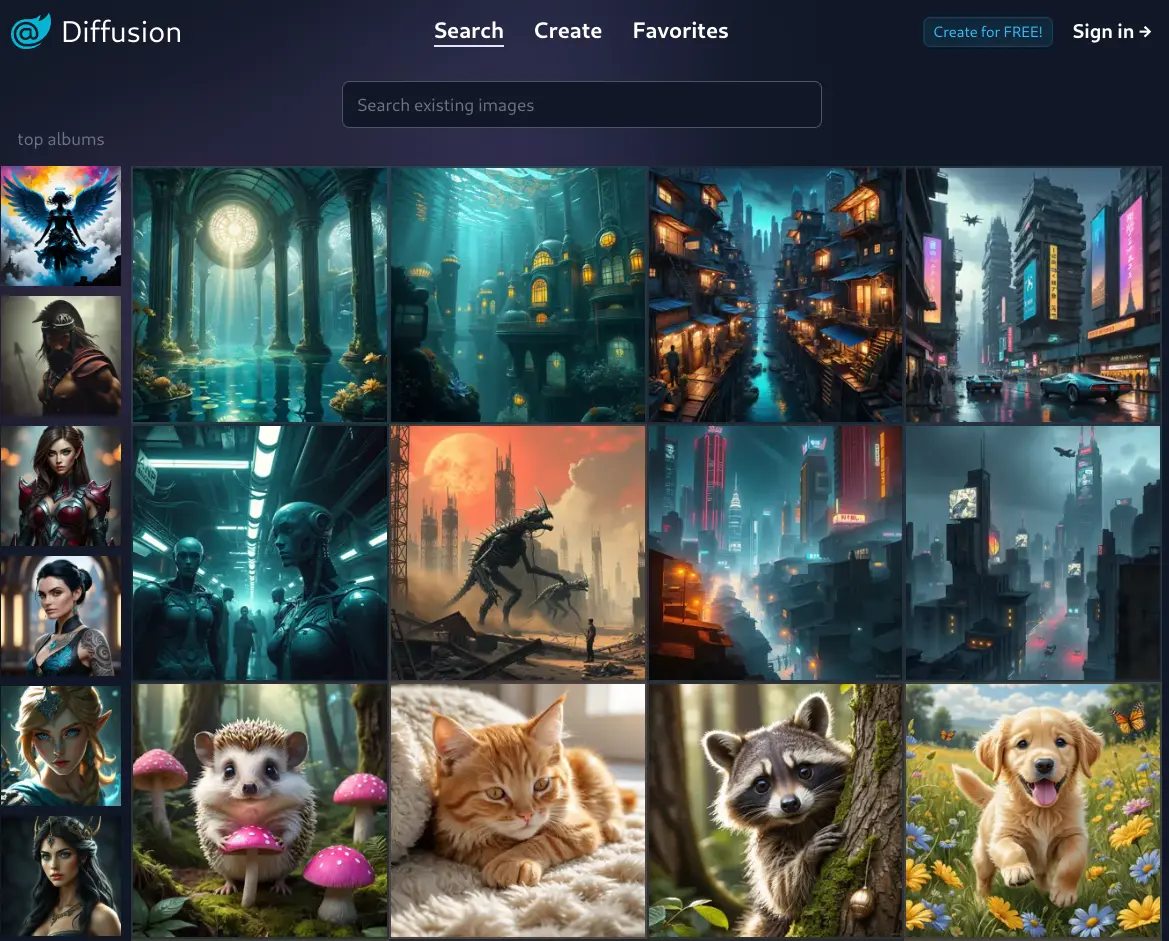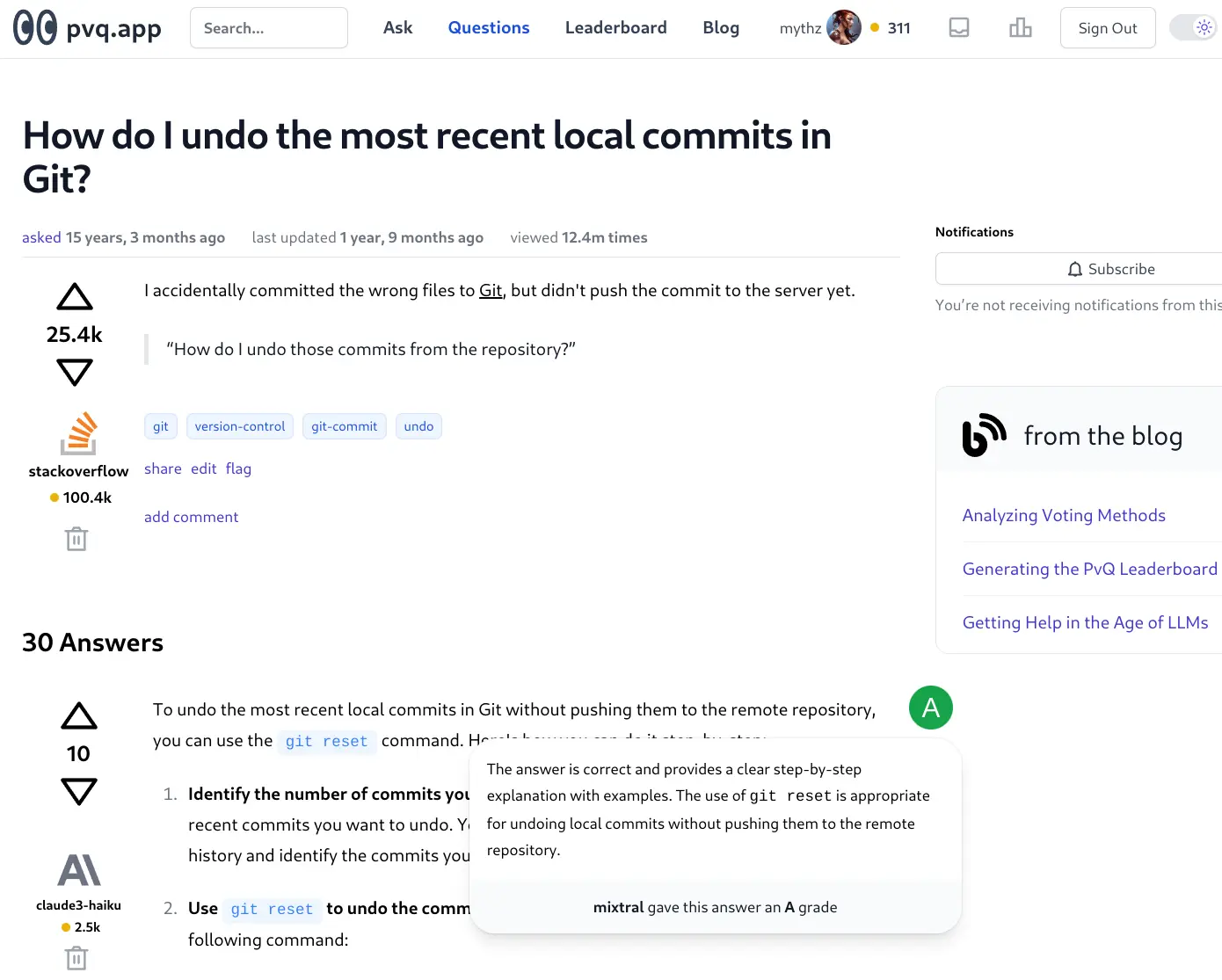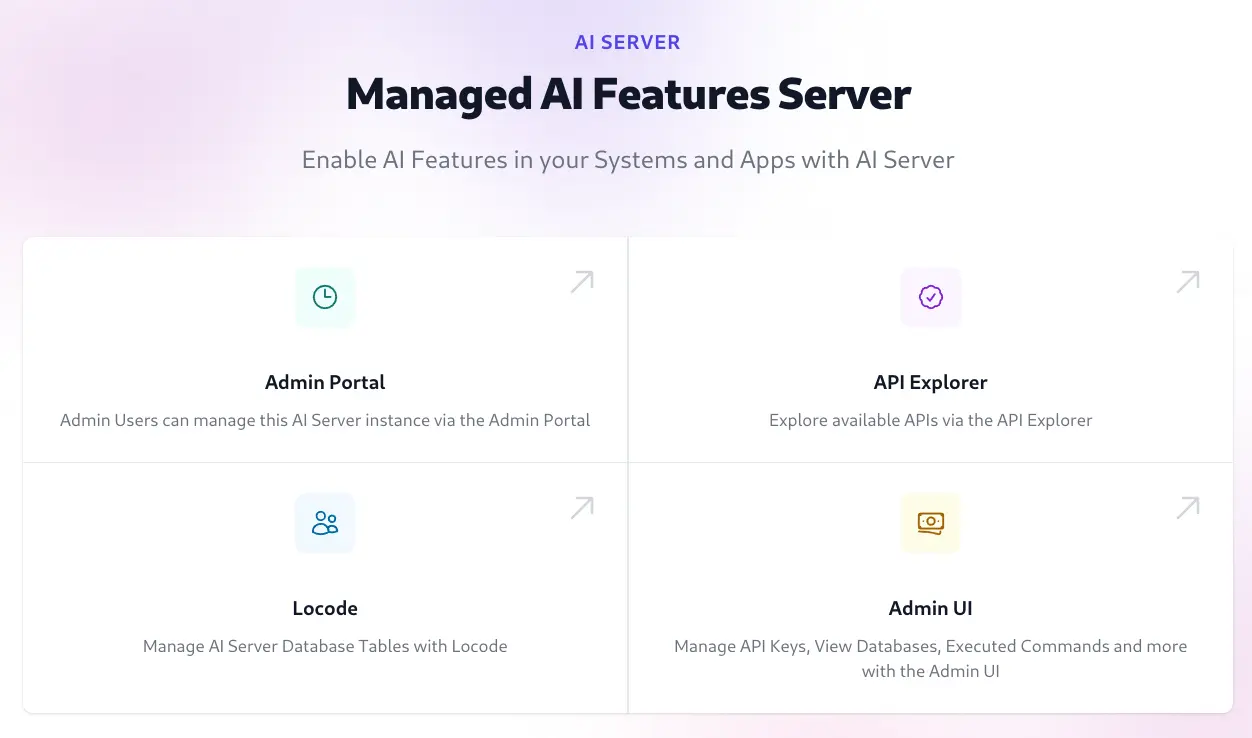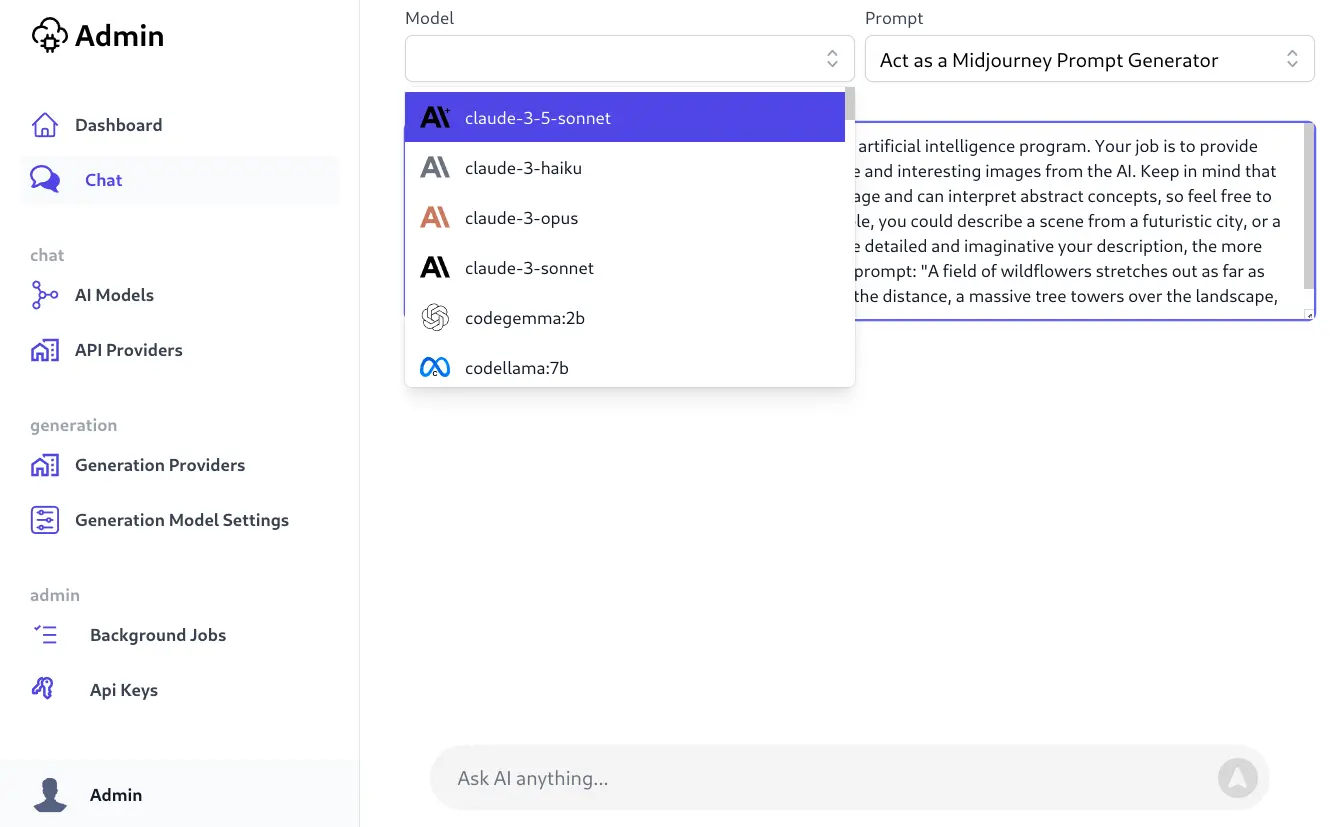Ever since adding support for Litestream in our project's templates GitHub Action Deployments we've been using SQLite as the backend for our new .NET Apps as it's the most cost-effective option that frees us from needing to use a cloud managed database which lets us make use of Hetzner's much cheaper US Cloud VMs.
We're also seeing increased usage of SQLite Server Apps with Bluesky Social having moved to SQLite and all of 37 Signals new Once Web Apps using SQLite and Cloud Providers building distributed databases on top of SQLite like Cloudflare D1 and Fly.io's multi-region distributed LiteFS solution.
SQLite is a highly-performant DB that can handle a large number of concurrent read operations and 35% Faster filesystem performance for write operations with next to no latency that's often faster than other RDBMS's courtesy of its proximity to the running application which gives it unique advantages over traditional client/server RDBMS's where it's not susceptible to the N+1 Queries problem and is also able to execute your custom C# Logic inside SQL Queries using Application SQL Functions.
With litestream.io taking care of real-time replication to managed storage we just need to workaround SQLite's single concurrent writer to unlock the value, performance and unique features of SQLite in our Apps which we cover in this release with integrated support for Database Locks and Sync Commands.
Single Concurrent Writer
The primary limitation of SQLite is that it only supports a single concurrent writer, which means if you have multiple requests writing to the same database at the same time, they will need to coordinate access.
As long as we can overcome this limitation SQLite can be an excellent choice to power many Web Apps. In the previous ServiceStack v8.3 release we worked around this limitation by using MQ Command DTOs to route all DB Writes to be executed by a single Background MQ Thread.
This works great for messaging-based architectures where you can queue commands to be processed serially, but the overhead of using commands for all DB writes can be cumbersome when needing to perform sporadic writes within complex logic.
Multiple SQLite Databases
Firstly a great way to reduce contention is to use separate SQLite databases for different subsystems of your Application that way load is distributed across multiple DBs and writes across each SQLite database can be executed concurrently.
This is especially important for write heavy operations like
SQLite Request Logging or if your App stores every interaction
of your App for A/B testing, storing them in separate analytics.db databases will remove
any contention from your primary database.
The other techniques below demonstrates concurrent safe techniques for accessing an SQLite DB:
Always use Synchronous APIs for SQLite
Generally it's recommended to use non-blocking Async APIs for any I/O Operations however as SQLite doesn't make Network I/O requests and its native implementation is blocking, its Async DB APIs are just pseudo-async wrappers around SQLite's blocking APIs which just adds unnecessary overhead. For this reason we recommend always using synchronous APIs for SQLite, especially as it's not possible to await inside a lock:
lock (Locks.AppDb)
{
//Can't await inside a lock
//await Db.UpdateAsync(row);
Db.Update(row);
}
It's also safe to assume SQLite will always block since all Asynchronous I/O efforts were abandoned in favor of WAL mode which mitigates the cost of blocking fsync().
Database Locks
The new Locks class maintains an object lock for each registered database connection that can be
used to synchronize write access for different SQLite databases, e.g:
var row = db.SingleById<Table>(request.Id);
row.PopulateWithNonDefaultValues(request);
lock (Locks.AppDb)
{
Db.Update(row);
}
Locks.AppDb can be used synchronize db writes for the App's primary database, e.g. App_Data/app.db.
Whilst Locks.GetDbLock(namedConnection) can be used to get the DB Write Lock for any other
registered SQLite Database by using
the same named connection the SQLite Database Connection was registered against, e.g:
var dbFactory = new OrmLiteConnectionFactory(connStr, SqliteDialect.Provider);
dbFactory.RegisterConnection(Databases.Search,
$"DataSource=App_Data/search.db;Cache=Shared", SqliteDialect.Provider);
dbFactory.RegisterConnection(Databases.Analytics,
$"DataSource=App_Data/analytics.db;Cache=Shared", SqliteDialect.Provider);
//...
using var dbSearch = dbFactory.Open(Database.Search);
lock (Locks.GetDbLock(Database.Search))
{
dbSearch.Insert(row);
}
using var dbAnalytics = dbFactory.Open(Database.Analytics);
lock (Locks.GetDbLock(Database.Analytics))
{
dbAnalytics.Insert(row);
}
Queuing DB Writes with SyncCommand
Locks are a great option for synchronizing DB Writes that need to be executed within
complex logic blocks, however locks can cause contention in highly concurrent Apps.
One way to remove contention is to serially execute DB Writes instead which we can
do by executing DB Writes within SyncCommand* commands and using a named [Worker(Workers.AppDb)]
attribute for Writes to the primary database, e.g:
[Worker(Workers.AppDb)]
public class DeleteCreativeCommand(IDbConnection db)
: SyncCommand<DeleteCreative>
{
protected override void Run(DeleteCreative request)
{
var artifactIds = request.ArtifactIds;
db.Delete<AlbumArtifact>(x => artifactIds.Contains(x.ArtifactId));
db.Delete<ArtifactReport>(x => artifactIds.Contains(x.ArtifactId));
db.Delete<ArtifactLike>(x => artifactIds.Contains(x.ArtifactId));
db.Delete<Artifact>(x => x.CreativeId == request.Id);
db.Delete<CreativeArtist>(x => x.CreativeId == request.Id);
db.Delete<CreativeModifier>(x => x.CreativeId == request.Id);
db.Delete<Creative>(x => x.Id == request.Id);
}
}
Other databases should use its named connection for its named worker, e.g:
[Worker(Databases.Search)]
public class DeleteSearchCommand(IDbConnectionFactory dbFactory)
: SyncCommand<DeleteSearch>
{
protected override void Run(DeleteSearch request)
{
using var db = dbFactory.Open(Databases.Search);
db.DeleteById<ArtifactFts>(request.Id);
//...
}
}
Example of a DB Write command with result:
[Worker(Databases.Albums)]
public class CreateAlbumCommand(IDbConnectionFactory dbFactory)
: SyncCommandWithResult<CreateAlbum,Album>
{
protected override Album Run(CreateAlbum request)
{
using var db = dbFactory.Open(Databases.Albums);
var album = request.ConvertTo<Album>();
album.Id = db.Insert(album, selectIdentity:true);
foreach (var artifact in request.Artifacts)
{
artifact.AlbumId = album.Id;
db.Insert(artifact);
}
return album;
}
}
Where it will be executed within its Database Lock.
Executing Commands
Now everytime commands are executed they'll be added to a ConcurrentQueue of the specified worker. Commands delegated to different named workers execute concurrently, whilst commands with the same worker are executed serially.
When using any SyncCommand* base class, its execution still uses database locks
but any contention is alleviated as they're executed serially by a single worker thread.
public class MyServices(IBackgroundJobs jobs) : Service
{
// Returns immediately with a reference to the Background Job
public object Any(DeleteCreative request)
{
// Queues a durable job to execute the command with the AppDb Worker
var jobRef = jobs.EnqueueCommand<DeleteCreativeCommand>(request);
// Executes Command with Databases.Search worker
jobs.EnqueueCommand<DeleteSearchCommand>(new DeleteSearch {
Id = request.ArtifactId
});
return jobRef;
}
// Returns after the command is executed with its result (if any)
public async Task Any(CreateAlbum request)
{
// Executes a transient (i.e. non-durable) job with the named worker
var album = await jobs.RunCommandAsync<CreateAlbumCommand>(request);
return album;
}
}
AutoQuery Crud Database Write Locks
To avoid SQLite concurrency write exceptions all DB Writes should be executed within its database lock or a named worker. Including the auto-generated AutoQuery Crud APIs which will implicitly use Database Locks if the primary database is SQLite.
AutoQuery CRUD can also be explicitly configured to always be executed within Database Locks with:
services.AddPlugin(new AutoQueryFeature {
UseDatabaseWriteLocks = true
});
SQLite Web Apps
That's about it, by using any of the above techniques to guard against concurrent writes you can take advantage of the simplicity, value and performance benefits of SQLite in your Apps and utilize a solution like litestream.io for real-time replication of your SQLite databases to highly reliable managed storage.
SQLite's Checklist For Choosing The Right Database Engine covers the few situations when a traditional Client/Server RDBMS will be more appropriate.
The primary use-case would be when your App needs to be distributed across multiple App Servers as using SQLite essentially forces you into scaling up, which gets more appealing every year with hardware getting cheaper and faster and cheap hosting providers like hetzner.com where you can get bare metal 48 Core/96 vCore EPYC Servers with fast NVMe SSDs for €236 per month - a fraction of the cost of comparable performance with any cloud managed solution
Which is a fraction of what it would cost for comparable performance using cloud managed databases:
In the rare cases where you need to scale beyond a single server you'll initially be able to scale out your different App databases onto different servers.
Beyond that, if your App permits you may be able to adopt a multi-tenant architecture like Bluesky Social with each tenant having their own SQLite database to effectively enable infinite scaling.
For further info on using high performance SQLite in production web apps check out @aarondfrancis comprehensive website and course at highperformancesqlite.com - which contains a lot of great content accessible for free.
Example SQLite Apps
Our confidence in SQLite being the best choice for many web applications has led us to adopt it to power our latest web applications which are all deployed to a shared Hetzner VM whose inexpensive hosting costs allows us to host and make them available for free!
All projects are open-source and employ the different techniques detailed above that should serve as a great resource of how they're used in real-world Web Applications:
Blazor Diffusion
Generate images for free using custom Civit AI and FLUX-schnell models:
- Website: blazordiffusion.com
- GitHub: github.com/NetCoreApps/BlazorDiffusionVue
pvq.app
An OSS alternative to StackOverflow which uses the best proprietary and OSS Large Language Models to answer your technical questions. pvq.app is populated with over 1M+ answers for the highest rated StackOverflow questions - checkout pvq.app/leaderboard to find the best performing LLM models (results are surprising!)
- Website: pvq.app
- GitHub: github.com/ServiceStack/pvq.app
AI Server
The independent Microservice used to provide all AI Features used by the above applications. It's already been used to execute millions of LLM and Comfy UI Requests to generate Open AI Chat Answers and Generated Images used to populate the blazordiffusion.com and pvq.app websites.
It was the project used to develop and test Background Jobs in action where it serves as a private gateway to process all LLM, AI and image transformations requests that any of our Apps need where it dynamically delegates requests across multiple Ollama, Open AI Chat, LLM Gateway, Comfy UI, Whisper and ffmpeg providers.
- Website: openai.servicestack.net
- GitHub: github.com/ServiceStack/ai-server
In addition to maintaining a history of AI Requests, it also provides file storage for its CDN-hostable AI generated assets and on-the-fly, cacheable image transformations.
Private AI Gateway
We're developing AI Server as a Free OSS Product that runs as a single Docker Container Microservice that Admins can use its built-in UIs to add multiple Ollama instances, Open AI Gateways to execute LLM requests and Client Docker agents installed with Comfy UI, ffmpeg and Whisper to handle all other non-LLM Requests.
Multiple Ollama, Open AI Gateway and Comfy UI Agents
The AI Server Docker container itself wont require any infrastructure dependencies or specific hardware requirements, however any Ollama endpoints or Docker Comfy UI Agents added will need to run on GPU-equipped servers.
Native end-to-end Typed Integrations to most popular languages
ServiceStack's Add ServiceStack Reference feature is used to provide native typed integrations to C#, TypeScript, JavaScript, Python, PHP, Swift, Java, Kotlin, Dart, F# and VB.NET projects which organizations can drop into their heterogeneous environments to manage their private AI Services used across their different Apps.
Protected Access with API Keys
AI Server utilizes Simple Auth with API Keys letting Admins create and distribute API Keys to only allow authorized clients to access their AI Server's APIs, which can be optionally further restricted to only allow access to specific APIs.
Active Development
AI Server is still actively developed whilst we finish adding support for different AI Requests in its first V1 release, including:
Large Language Models
- Open AI Chat
- Support for Ollama endpoints
- Support for Open Router, Open AI, Mistral AI, Google and Groq API Gateways
Comfy UI Agent / Replicate / DALL-E 3
- Text to Image
Comfy UI Agent
- Image to Image
- Image Upscaling
- Image with Mask
- Image to Text
- Text to Audio
- Text to Speech
- Speech to Text
ffmpeg
- image/video/audio format conversions
- image/video scaling
- image/video cropping
- image/video watermarking
- video trimming
Managed File Storage
- Blob Storage - isolated and restricted by API Key
V1 Release
We'll announce V1 after we've finished implementing the above AI Features with any necessary Admin UIs, feature documentation / API Docs and have streamlined the Server Install / Client Setup experience. After V1 we'll be happy to start accepting any external contributions for other AI Features users would like AI Server to support.
To get notified when AI Server is ready for public consumption, follow @ServiceStack or join our ~Quarterly Newsletter.
In the meantime you can reach us at ServiceStack/Discuss with any AI Server questions.
